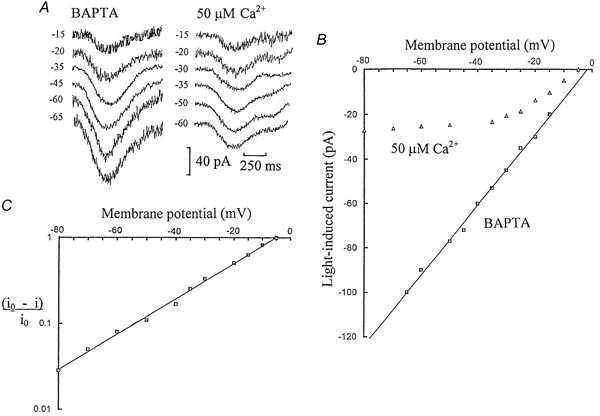Figure 1. Elevating intracellular Ca2+ to 50 μm induces outward rectification.

Half-maximal responses were elicited by flashes isomerizing 1 rhodopsin molecule per rod (1 Rh**) with the cells voltage clamped to their initial dark potentials. Their membrane potentials were then shifted to more positive or negative levels about their dark potentials to construct current-voltage (I-V) relations of their light responses. A, ‘on’ bipolar cell responses to 1 Rh** flashes voltage clamped to different membrane potentials, on equilibration with 5 mm BAPTA or 50 μm free Ca2+ (with 5 mm BAPTA) in the patch-pipette solution. The dark potentials were -35 and -30 mV, respectively. B, averaged I-V relations derived from current responses to 1 Rh** flashes from 5 ‘on’ bipolar cells equilibrated with 50 μm Ca2+ (with BAPTA) and from 3 cells with 5 mm BAPTA. The largest standard errors of the mean (s.e.m.) currents were ± 5 and ± 14 pA, respectively. C, semi-log plot of (i0 - i)/i0 against membrane potential for responses obtained with 50 μm free Ca2+, where i is the light-induced current and i0 is the limiting current response at large hyperpolarization. From the slope of the graph, the current response decreased e-fold for a hyperpolarization of 21.6 mV.
